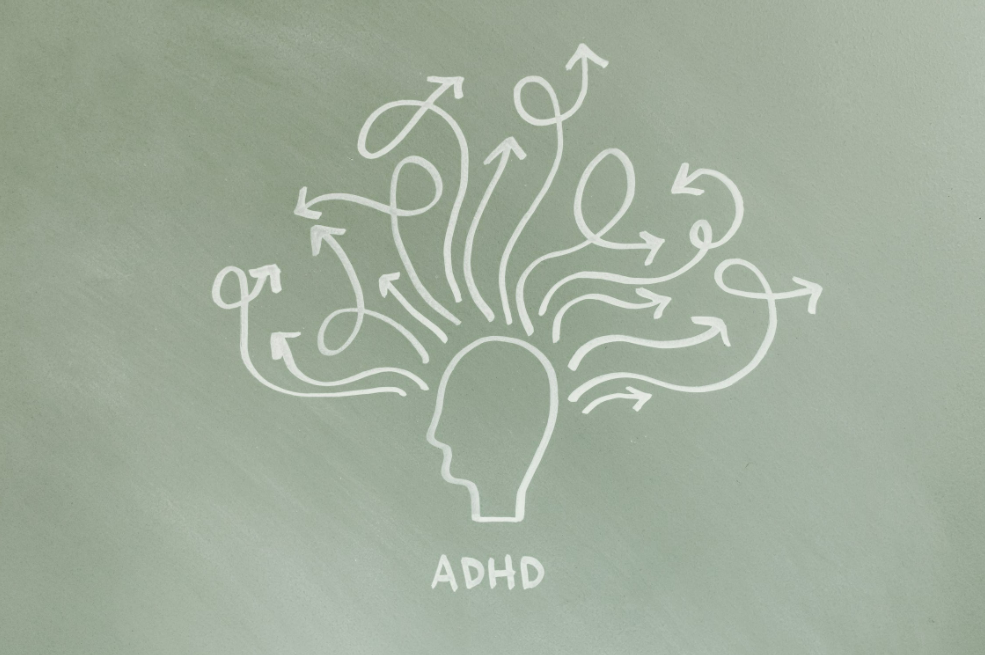When you’re diagnosed with ADHD as an adult or you realize you have ADHD when you’re an adult, your life changes drastically. As you research ADHD, you realize just how long you manifested symptoms and how many of your behaviors and habits result from ADHD. The seemingly uncontrollable behaviors may have made you feel negative about yourself, perhaps for years. However, your ADHD symptoms don’t have to control you. By recognizing and learning how to cope with your symptoms, you can retake control of your life, even after a late ADHD diagnosis.
Expect Mixed Feelings After Diagnosis
It’s natural to have mixed feelings after you’re officially diagnosed with ADHD. This is true even if you’ve realized that you likely had ADHD before you were formally diagnosed. You may feel relieved that you have finally figured out exactly why you do the things you do, such as procrastinating, quickly moving on from hobbies you enjoy, or struggling to keep track of time. You may also feel angry at your parents or adults around you who never considered that you had ADHD.
These feelings—and a wide variety of others—are normal. While they can feel overwhelming, they don’t have to derail you. Take some time to process your emotions, perhaps with a therapist, then let them go. Now that you know you have a definite diagnosis, you can focus on retaking control.
How Taking Control Helps
ADHD comes with a lot of different potential symptoms, and it manifests differently in different people. Because of this, you might not have realized that your restlessness, difficulty focusing, hyperfocusing, disorganization, and mood swings had a root cause. Some of these symptoms may have made you—or others, like family and friends—assume that you’re inherently lazy, moody, or reckless. These issues may have also held you back from pursuing certain interests or career paths.
Now that you have a diagnosis though, you can start managing your symptoms. You’ll be able to find ways to cope and work with your ADHD, recognize when symptoms are getting in your way, find better solutions, and commit to doing your best.
Behavioral Therapy
There are many ways to take control of your ADHD. One of the most common ways is behavioral therapy. When an individual with ADHD goes into behavioral therapy, they learn to control their symptoms and learn ways to manage their symptoms. The therapist will work with you on how to recognize behavior that has a negative effect on your life and develop coping skills that work for you. They may use medication in conjunction with behavioral therapy, but not everybody with ADHD uses medication. You can find a behavioral therapist in your area, like those at ABA Adaptive Services.
Apps
There are many different apps that can help people manage their ADHD symptoms. For example, people with ADHD may use timers, such as the Pomodoro timer to help them with time management. They may also use apps, such as the Sweepy app for cleaning, that use positive sounds when they indicate that they’ve finished a task. Gamification apps help motivate you to complete tasks quickly.
Point of Performance
Another way to take control of your ADHD is to keep everything at the point of performance. This simply means that you keep all the items you need for a task together and in the place where you perform that task. For example, if you drink coffee, having everything you need to make a pot of coffee in the area of the coffee maker reduces distractions and keeps you on task. If you keep your coffee pot and favorite mug on the counter next to a basket of coffee and your preferred add-ins, you don’t have to waste time hunting things down and getting distracted.
Once you understand more about your ADHD and learn skills for dealing with your ADHD, you learn how to make overwhelming tasks feel more manageable, and you’re closer to getting your life back on track to making your life your own.















